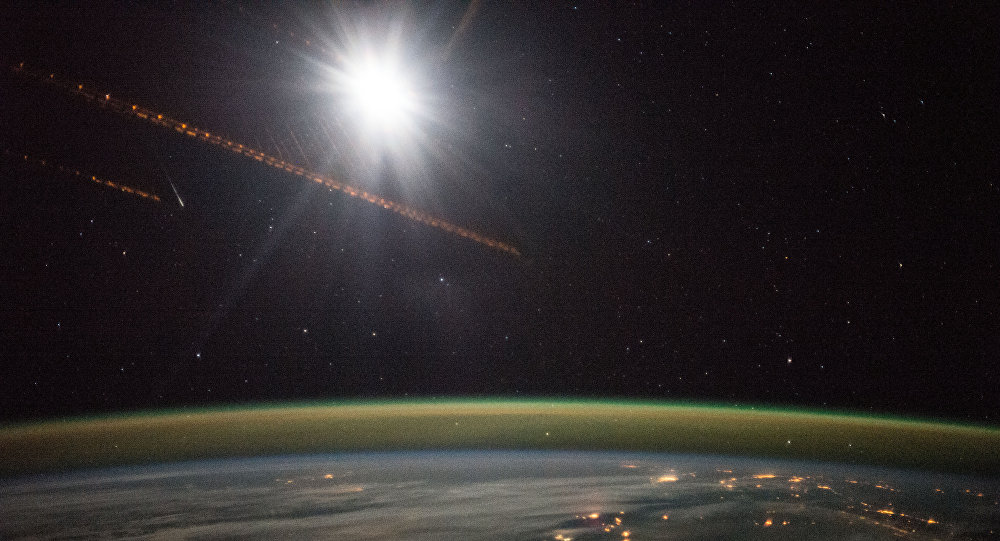A peer-reviewed article on the successes of the EmDrive project is yet to be published, but the online "leak" clearly indicates humanity may be a step closer to a brand-new range of speeds.
From @digitaltrends: NASA Confirms that the EM Drive thrusters work, after new tests https://t.co/l7u4iA9PZG pic.twitter.com/2yCjGzMjpy— Perth Observatory (@perthobs) November 5, 2015A magnetron and microwaves create a propellant-less propulsion system. Basically, waves resonate inside an enclosed conical container, generating thrust toward the wide end of the cone.It goes against the traditional laws of physics, and the initial design of the system by British researcher Roger Shawyer was met with skepticism by specialists worldwide back in 2003. Luckily, NASA has been known for supporting experiments, so it took the discovery under its wing.
Just think about all the possibilities a fuel-free drive promises. With 'warp-drive,' a journey to Mars could take just two and a half months.




It's more of an impulse drive really.